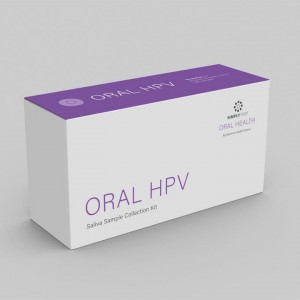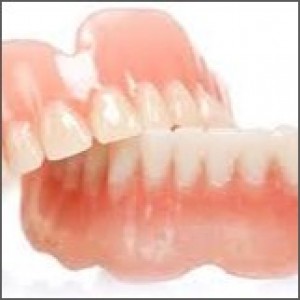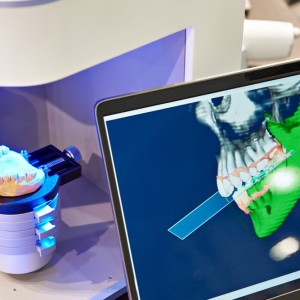
Is it necessary to apply an adhesive layer on glass ceramics when bonding with resin-based materials?
Edoardo Mancuso
In the era of adhesive dentistry, glass-ceramics, including feldspathic-reinforced, leucite-reinforced, and lithium disilicate reinforced materials, are widely used mainly due to their ability to be adhesively bonded to tooth structure. However, to achieve a durable adhesion of resin-based materials to glass-ceramics, a scrupulous surface treatment of the ceramics is required. Numerous research have indeed established the need for HF etching and silanization in bonding procedures involving ceramics. Since the resin cements are viscous materials, in recent years has been discussed their capability to completely infiltrate the irregularities of the conditioned and silanized glass ceramic surface. To enhance the wettability of the surface, it has been suggested to use, prior to the application of the resin cement, an intermediate adhesive layer in order to allow a better surface infiltration. Bond strength studies on glass ceramics regarding the use of an adhesive layer in association with HF etching and a silane-coupling agent have, however, provided contradictory results.
MATERIALS AND METHODS
A recent systematic review and meta-analysis, authored by Lara de Oliveira Nogueira and hers team, has analyzed different in vitro studies to determine whether adhesive layer application after etching and silanization influences the bond strength values of glass ceramics to resin-based materials. 5250 relevant studies published between 1987 and 2018 were identified in the review using several electronic databases.
RESULTS
From the titles yielded, just 15 articles met the eligibility criteria and were included into the qualitative analysis while 14 to the quantitative analysis. Non-aged specimens without an adhesive layer (n=152) presented statistically significant higher microtensile bond strength than the non-aged specimens with an adhesive layer (Mean Difference: -1.49). The statistically significant superiority of the group without an adhesive layer (n=65) compared to the group with an adhesive layer (n=65) have been shown also within the aged specimens (Mean Difference: -3.87)
CONCLUSION
Based on the findings of the above mentioned systematic review and meta-analysis, the author concludes that an adhesive layer application do not improve the bond strength of etched and silanized glass ceramics to resin-based materials.
For additional information: Does the application of an adhesive layer improve the bond strength of etched and silanized glass ceramics to resin-based materials? A systematic review and meta-analysis
 Related articles
Related articles
Prosthodontics 12 February 2020
Which is the best adhesive cementation protocol for glass ceramic restoration?
Dentists must regularly determine the best adhesive cementation protocol for glass-ceramic restorations on posterior teeth. A few in vivo follow-up...
 Read more
Read more
Much like EMTs rushing to the scene after an accident, stem cells hurry to the site of a skull fracture to start mending the damage. A new finding has uncovered the signaling mechanism that triggers...
Products 05 November 2025
SimplyTest has launched a groundbreaking saliva-based test to detect high-risk strains of oral human papillomavirus (HPV), a major cause of oropharyngeal cancers.
News 05 November 2025
Perimetrics, Inc., a dental technology company pioneering quantitative diagnostics, announced today that the U.S. Food and Drug Administration (FDA) has granted clearance for the InnerView...
News 05 November 2025
On October 15, open enrollment for Medicare began nationwide. Hundreds of thousands of seniors in New Jersey will once again face the challenge of finding the right Medicare coverage, including the...
Digital Dentistry 04 November 2025
Digitalisation is an expanding field in dentistry and implementation of digital teaching methods in dental education is an essential part of modern education.











